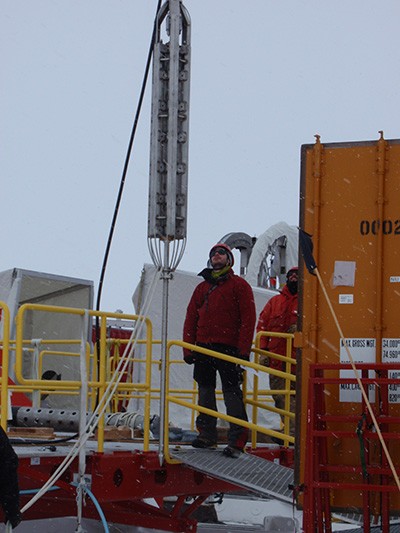A new study reveals that an extremely high amount of geothermal heat was detected under the West Antarctic ice sheet.
Researchers from the University of California, Santa Cruz used a probe where they measured the heating flow underneath sediments found in the ice sheet. Apparently, significant flow of heat is continuing to travel upwards linking to geothermal processes leading toward the base of the ice sheet.
However, this significant heat rate detection does not mean that this is responsible for the recent ice loss and melting as detailed by other numerous research and studies. According to lead author of the study Andrew Fisher, who is a professor of Earth and planetary sciences at the University of California, Santa Cruz, this ice sheet has evolved and developed alongside a geothermal heat flux originating from below that's been dispersing upwards, which means this is already part of the system.
This crucial factor can help explain why this ice sheet has been so unstable. Add up the effects of global warming, then the ice sheets becomes more unpredictable, he adds.
Prior studies have already revealed and detailed the occurrence of subglacial lakes on the ice sheets where this geothermal heating could explain this phenomena. This heating can also be the main factor as to why glacial streams possess an active flow presence on the ice sheet. This melting of the ice sheet that transforms into lakes and streams act as a lubrication that can accelerate further ice loss.
Researchers also reveal that these measurements and data were only obtained from a single region underneath the ice sheet. Fisher also adds this is apparently the first geothermal heat flux detected under the West Antarctic ice sheet which could lead to other regions also possessing warm geothermal conditions.
This particular region also has volcanic activity which means that this data originates from a local heat source under the Earth's crust. Researchers have measured this geothermal heat flux at 285 milliwatts per square meter that Fisher compared to the heat given off by a single Christmas light for every square meter on the ice sheet.
This new research can also aid in other climate change related studies such as predicting rising sea levels to develop better models and ultimately, combat the effects of climate change.
These new findings are published in the journal, Science Advances.



























